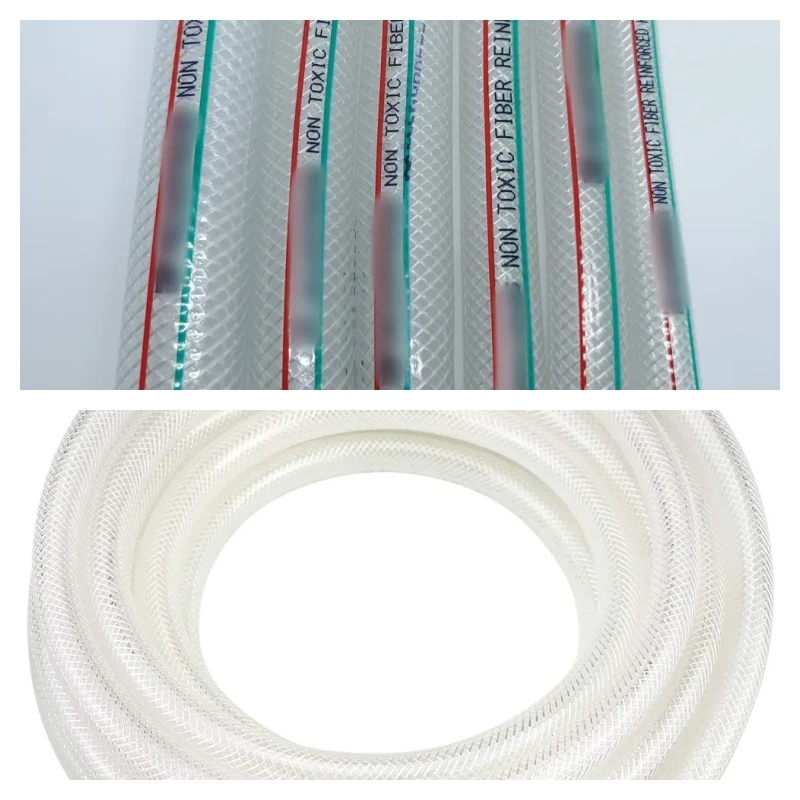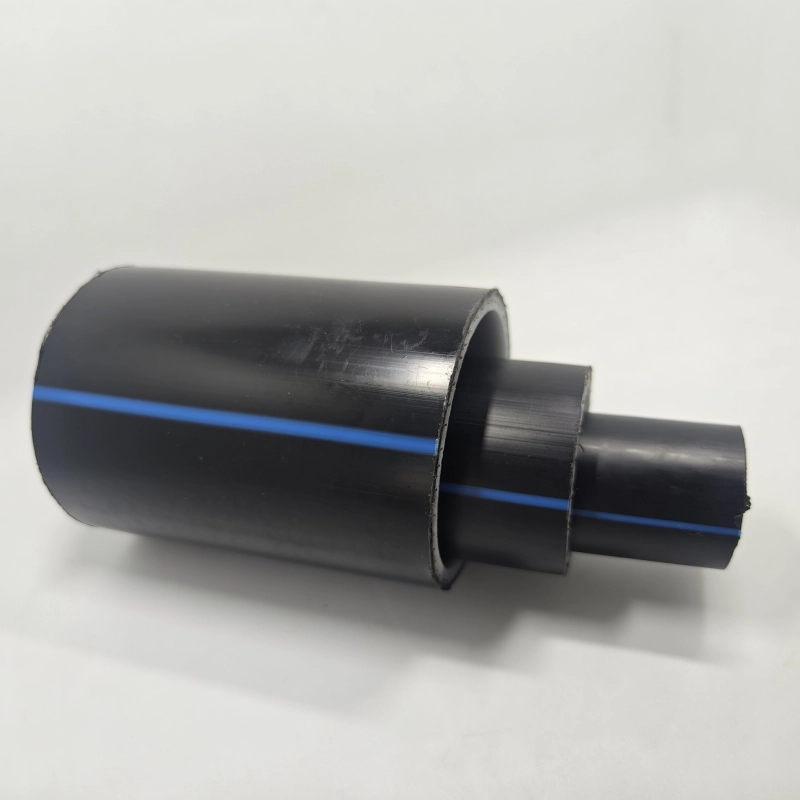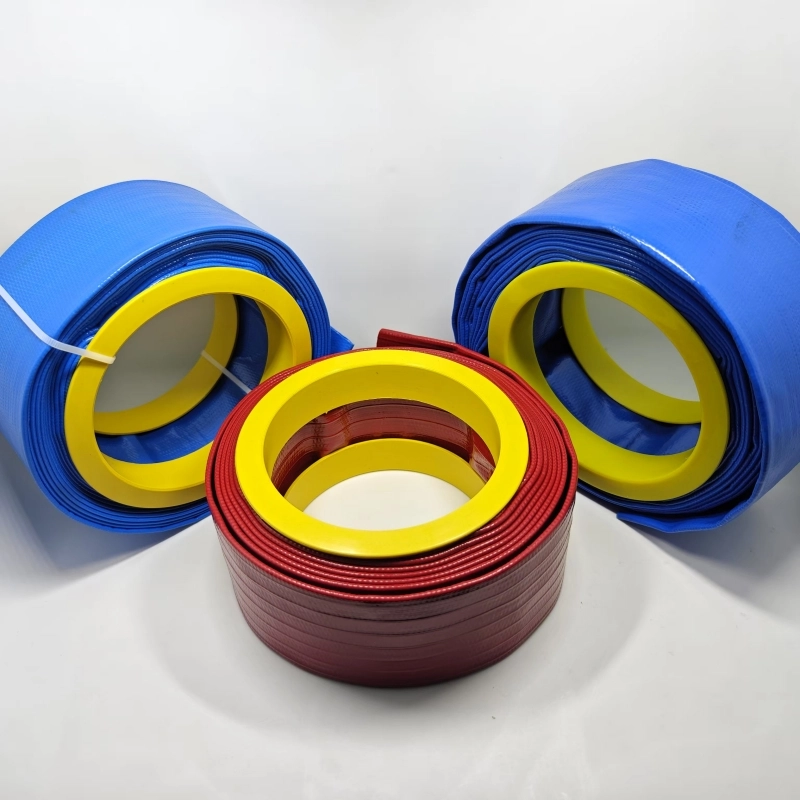How to use PVC hose to drip irrigation system
By perforating plastic water hoses to achieve drip irrigation, irrigation water can be delivered more precisely to the roots of crops, reducing water evaporation and loss. This irrigation method significantly saves water and improves water resource utilization.
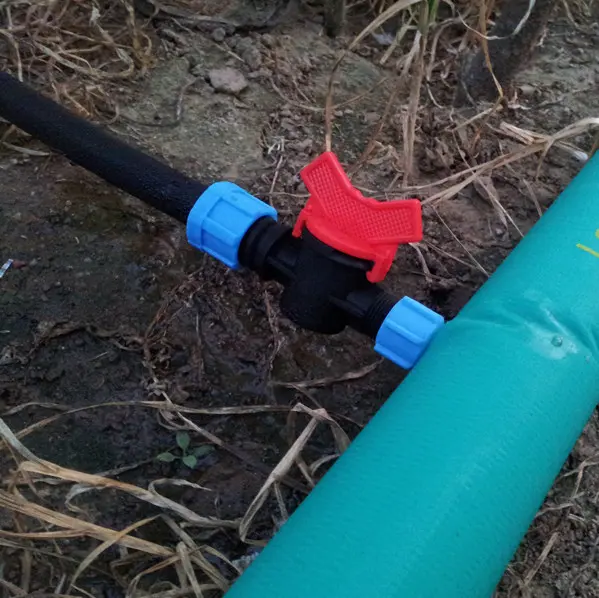
Using plastic water hoses as the main pipeline and perforating them to achieve drip irrigation has unique advantages and application values in agricultural irrigation. The following is a detailed analysis of this use:
I. Advantages of Plastic PVC Water Hoses
Lightweight and Durable: Plastic PVC water hoses are typically lightweight and durable, facilitating easy handling and installation. Furthermore, their material possesses certain anti-aging properties, enabling them to withstand long-term use in outdoor environments without easily deteriorating.
Pressure-resistant and Fold-resistant: High-quality plastic PVC water hoses can withstand a certain degree of pressure without breaking. Additionally, their excellent fold resistance ensures that the hoses do not easily deform or break during laying and use.
Cost-effective: Compared to irrigation pipelines made from other materials, plastic water hoses have lower manufacturing costs, resulting in relatively cheaper prices. This helps reduce the cost of agricultural irrigation and improves economic efficiency.
II. Application of Perforated Drip Irrigation
Water-saving and Efficient: By perforating PVC plastic water hoses to achieve drip irrigation, irrigation water can be delivered more precisely to the roots of crops, reducing water evaporation and loss. This irrigation method significantly saves water and improves water resource utilization.
Improved Crop Yield and Quality: Since drip irrigation ensures that the roots of crops receive sufficient water and nutrients, it promotes crop growth and development. This not only increases crop yields but also improves their quality, making them more plump and delicious.
Versatile: The perforated drip irrigation system can adapt to the needs of different crops and irrigation scenarios. Whether it's fruit trees, vegetables, or economic crops, precision irrigation can be achieved by adjusting the density and location of the perforations. Additionally, this system is suitable for farmland with varying terrains and soil conditions.
III. Precautions
Perforation Techniques: When perforating plastic PVC water hoses, certain technical skills are required. The density and location of perforations should be determined based on crop growth needs and irrigation requirements to ensure irrigation effectiveness. Simultaneously, care should be taken to avoid damaging the overall structure of the hose, thereby affecting its service life.
Water Quality Requirements: Since the drip irrigation system has high water quality requirements, the water source must undergo strict filtration before use. This prevents impurities from clogging the drip holes or affecting irrigation effectiveness.
Maintenance: Regularly maintaining the drip irrigation system is crucial to ensure its long-term stable operation. During use, attention should be paid to checking whether the connections of the water hoses are secure, whether the drip holes are clogged, and timely measures should be taken to address any issues.
In summary, using PVC plastic water hoses as the main pipeline and perforating them to achieve drip irrigation has broad application prospects and significant value in agricultural irrigation. Through scientific and rational use and maintenance, its advantages of water-saving, high efficiency, increased crop yields, and improved quality can be fully leveraged to provide strong support for agricultural production.
Step by step production
Using PVC hoses for a drip irrigation system is an efficient way to deliver water directly to the roots of plants. This process involves several steps, from planning the layout to installing the hoses and emitters. Here's a detailed guide on how to set up a drip irrigation system using PVC hoses:
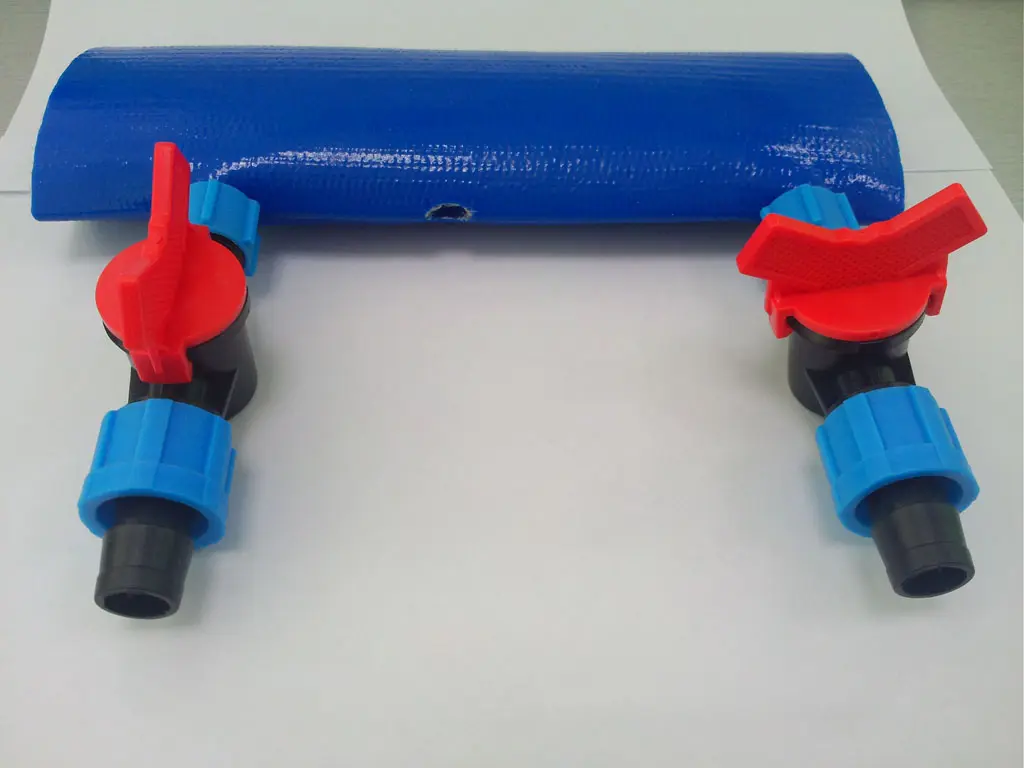
Materials Needed
PVC hoses (flexible or rigid)
PVC fittings (elbows, tees, couplings)
PVC glue and primer
Drip emitters or drip lines
End caps
Pressure regulator
Filter
Backflow preventer
Timer (optional)
Hose connectors or adapters
Stakes or clamps
Steps to Set Up a Drip Irrigation System
1. Planning the Layout
Map Your Garden: Sketch your garden layout, noting where plants are located and where the water source is.
Measure the Area: Determine the length of PVC hose required to reach all plants.
Determine Water Needs: Calculate the water requirements for each plant type to decide the number and type of emitters.
2. Gather Materials
Ensure you have all the necessary materials listed above before starting the installation process.
3. Prepare the Water Source
Install a Filter: Connect a filter to the water source to prevent debris from clogging the emitters.
Add a Pressure Regulator: Attach a pressure regulator to maintain consistent water pressure suitable for drip irrigation.
Backflow Preventer: Install a backflow preventer to prevent contamination of the main water supply.
4. Lay Out the Main Line
Connect the PVC Hose: Attach the PVC hose to the water source using appropriate adapters.
Position the Hose: Lay out the hose according to your garden map. Use stakes or clamps to secure it in place.
Cut and Glue: Cut the hose to the required lengths and use PVC glue and primer to attach fittings (elbows, tees) as needed.
5. Install Emitters
Drill Holes: Use a hole punch to make holes in the PVC hose where emitters are needed.
Insert Emitters: Push drip emitters into the holes. Ensure they are securely attached.
Test the System: Turn on the water to check for leaks and ensure emitters are working correctly.
6. Add End Caps
Seal the Ends: Attach end caps to the open ends of the PVC hoses to prevent water from escaping.
7. Optional: Install a Timer
Automate Watering: Connect a timer to the water source to automate the watering schedule. This ensures consistent watering even when you’re not around.
Maintenance Tips
Regular Checks: Periodically check the system for leaks, clogs, or damaged emitters.
Clean Filters: Clean the filter regularly to maintain water flow.
Adjust Emitters: Adjust or replace emitters as plants grow or watering needs change.
Example Layout
Water Source -> Filter -> Pressure Regulator -> Main PVC Hose -> Branch Lines -> Emitters
Conclusion
Using PVC hoses in a drip irrigation system is a practical and efficient way to water your garden. By following the steps outlined above, you can set up a system that delivers water directly to the roots, promoting healthier plants and conserving water. Regular maintenance will ensure your system remains effective and efficient.
